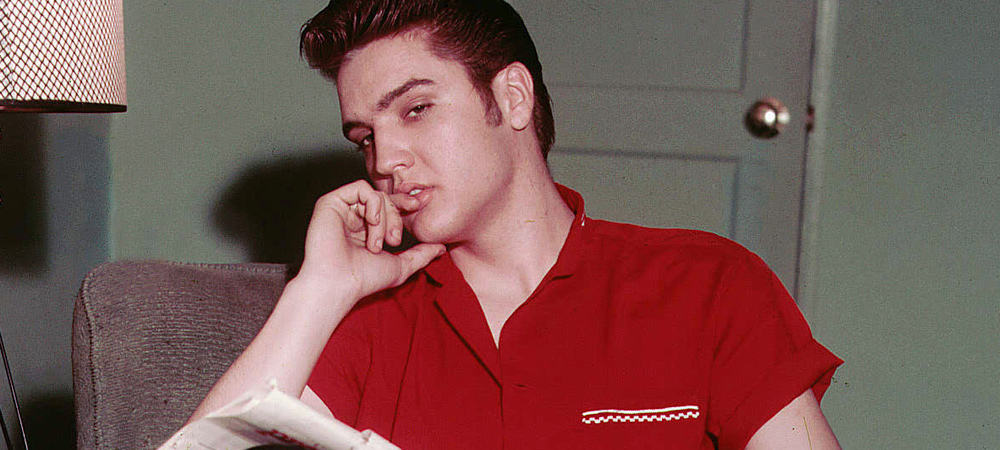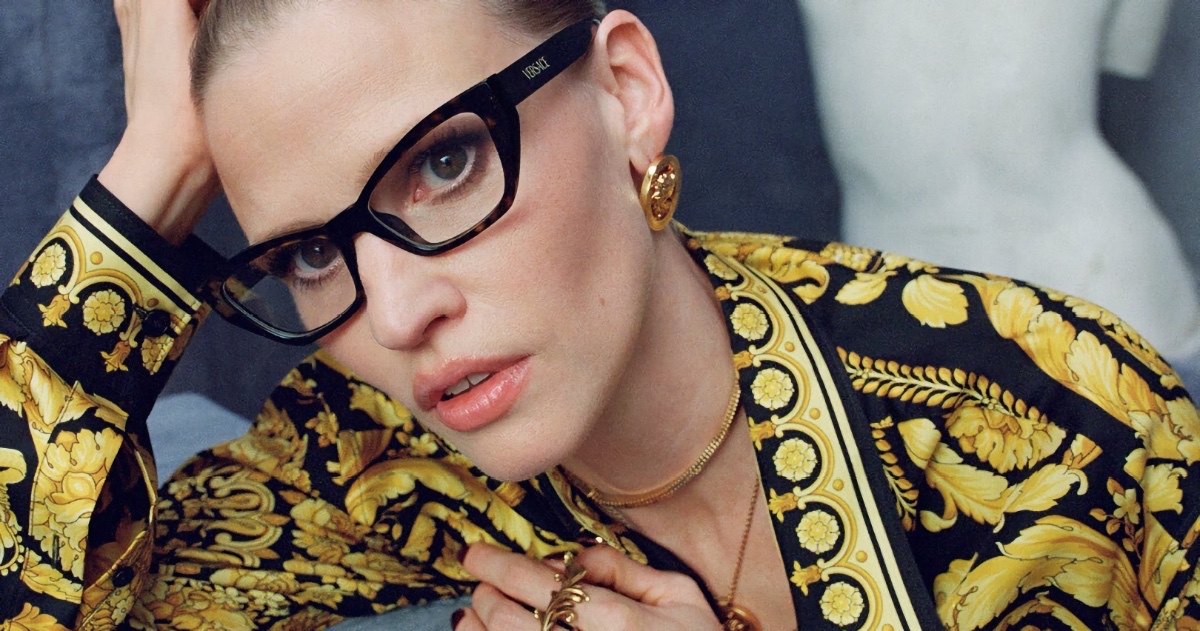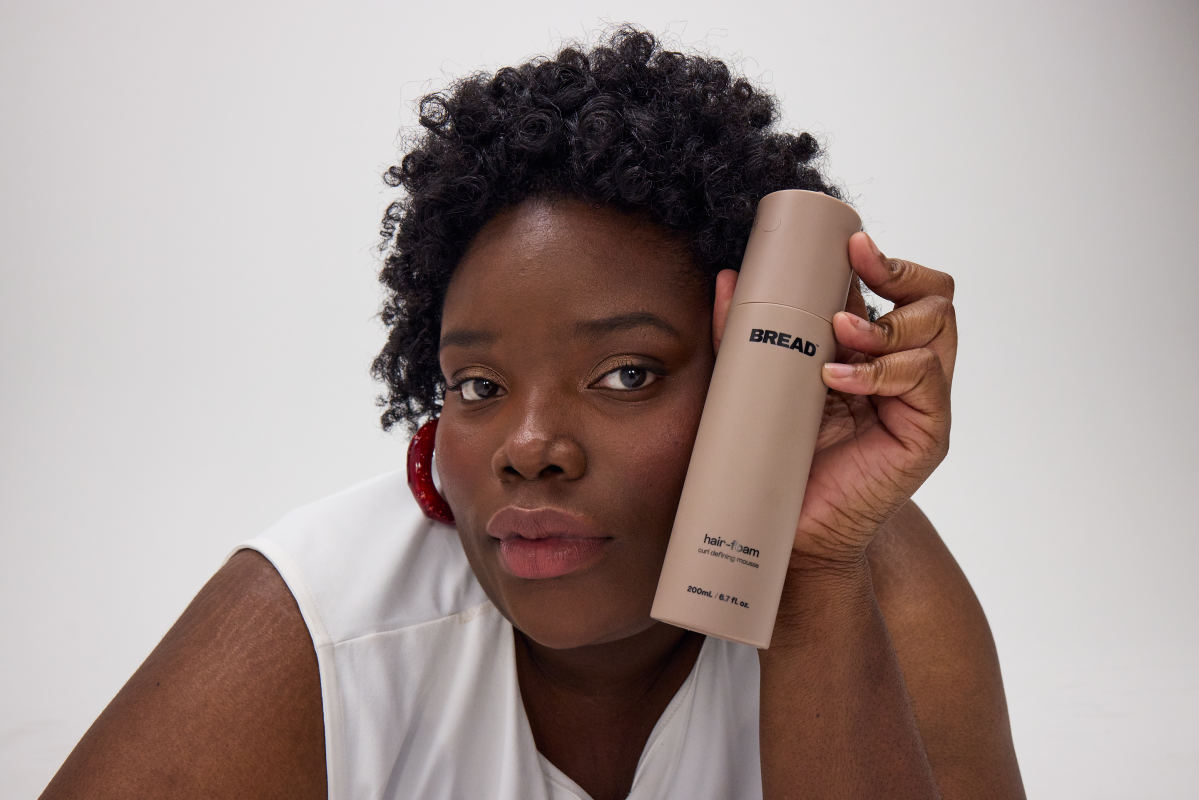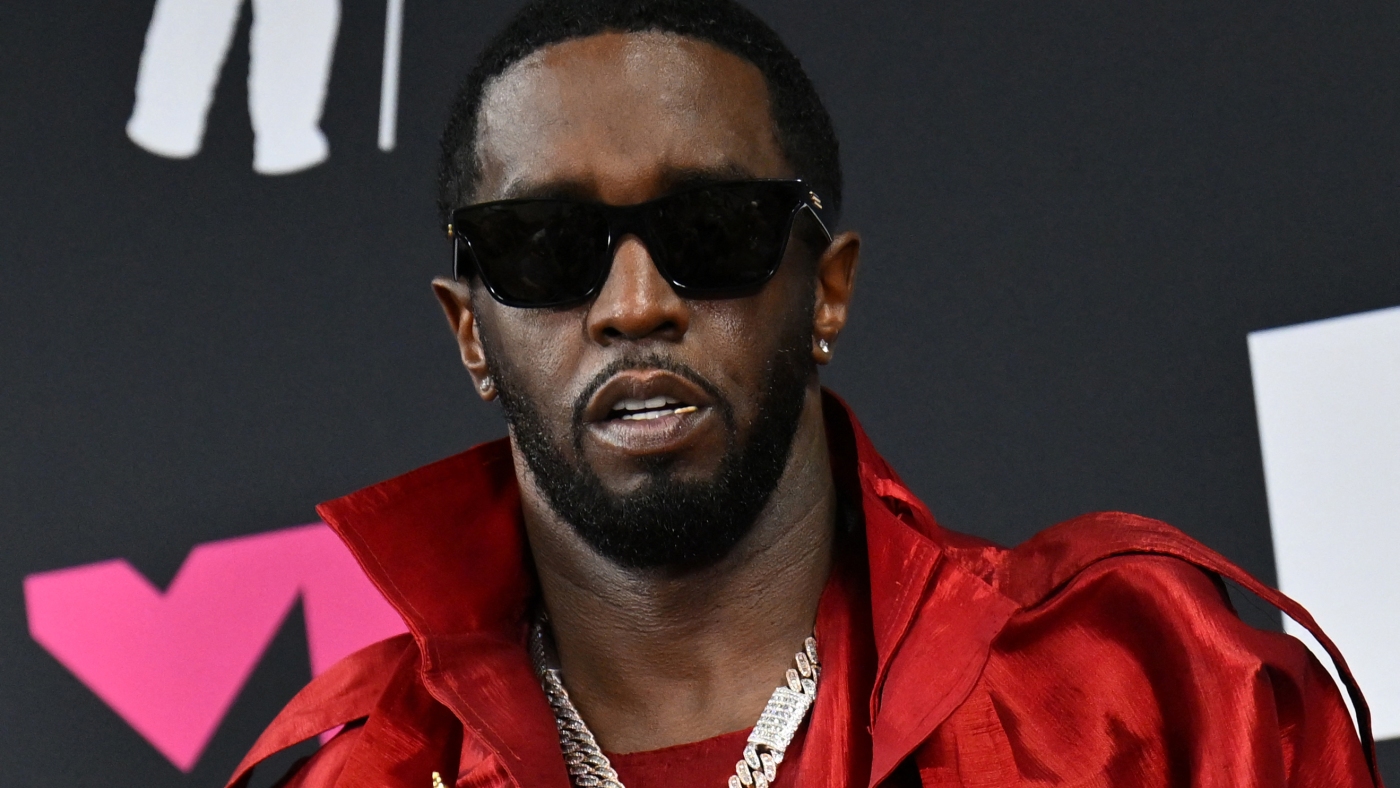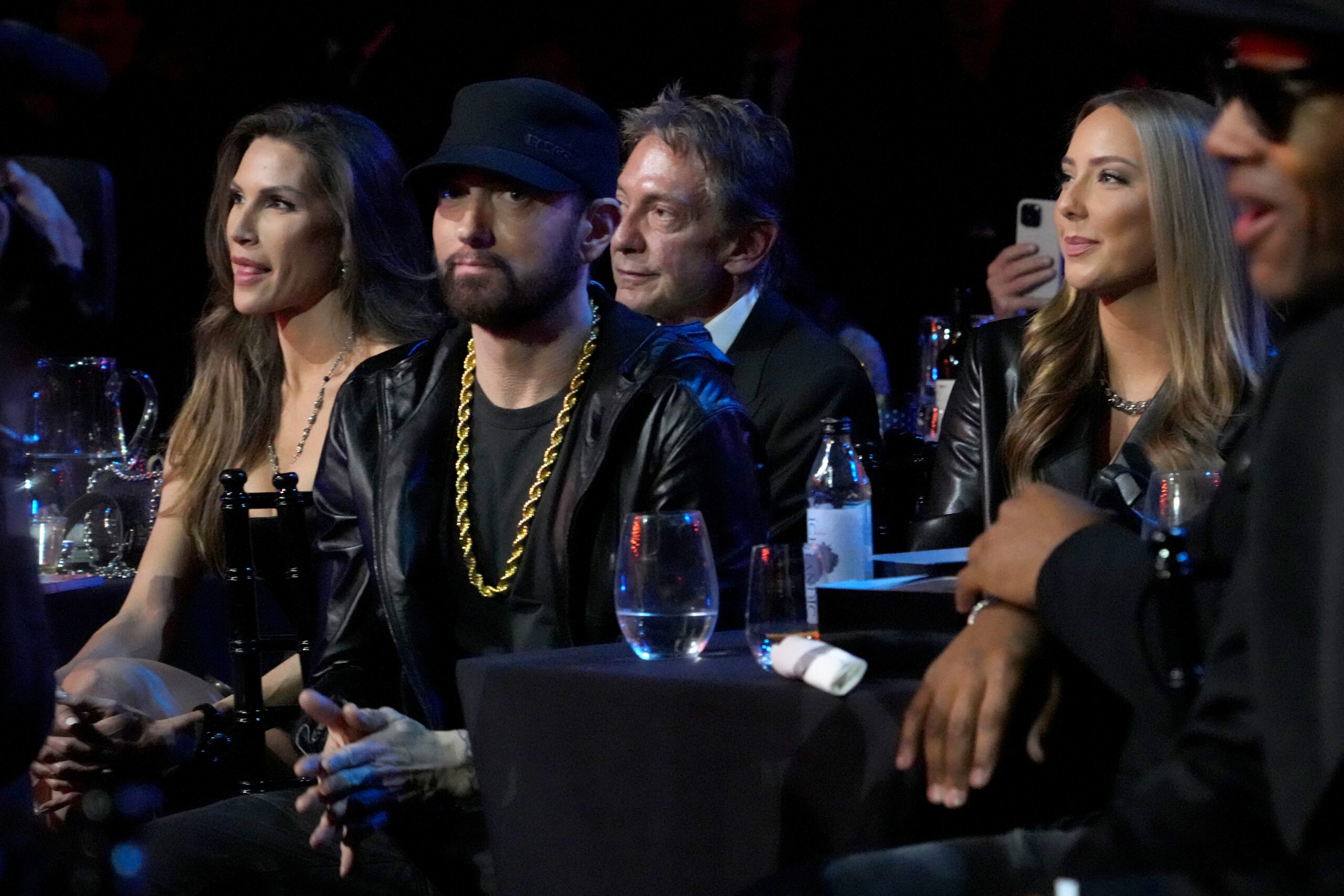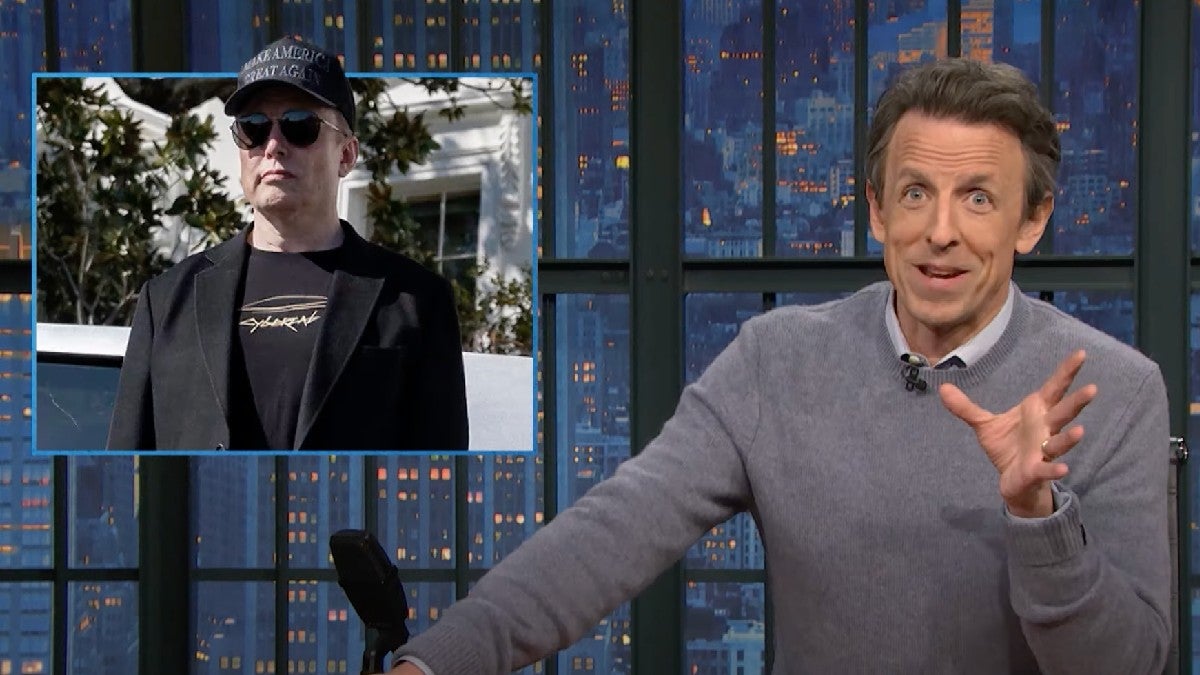‘Dying for Sex’ Creators Explain Why They Turned a Real-Life Cancer Story Into a ‘Wild Slapstick’ Comedy
Liz Meriwether and Kim Rosenstock tell TheWrap about embracing the emotional range and friendship at the heart of the FX series The post ‘Dying for Sex’ Creators Explain Why They Turned a Real-Life Cancer Story Into a ‘Wild Slapstick’ Comedy appeared first on TheWrap.
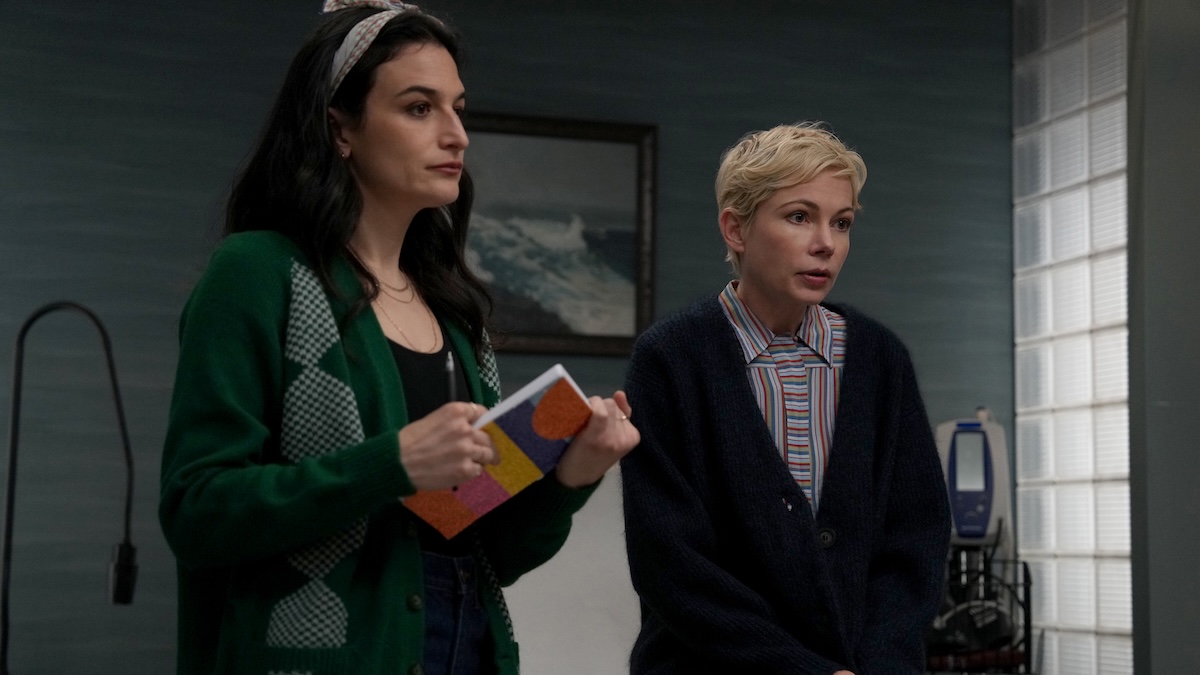
For a TV show about a woman dying from a terminal cancer diagnosis, “Dying for Sex” is jam-packed with just as much “wild slapstick” comedy as there is grieving and introspection — a balance that first attracted creators Liz Meriwether and Kim Rosenstock to the real-life podcast of the same name.
“What really pulled me in was just how emotionally complicated it was … I felt so much, and I was laughing so much at the same time,” Meriwether told TheWrap of the “Dying for Sex” podcast, in which Molly Kochan documented her sexual exploration after being diagnosed with stage IV breast cancer alongside her best friend, Nikki Boyer. “[It’s] really rare where a story is as emotional as it is funny, and I was excited by the challenge of it: how do you find so much comedy in these dark places?”
Meriwether shared the podcast with Rosenstock, whom she worked with as a writer and producer for years on “New Girl,” who was initially hesitant to dive into the heavy subject matter in the depths of the pandemic in June 2020, but gave it a listen after Meriwether assured her there was “lots of sex.”
“I was just completely gobsmacked,” Rosenstock recalled. “It actually was so cathartic in so many ways. By the end, I was crying for literally everything in the world — I felt like it was releasing emotion that I didn’t even know I had inside me, and I feel like that’s something that art has the power to do at times.”
Drawing from their background working together on comedy series “New Girl” and “Single Parents,” Meriwether and Rosenstock decided to structure “Dying for Sex” as a half-hour comedy in spite of its heavy themes. “Once you engaged with the bigger dramatic themes, it gets a little overwhelming,” Meriwether explained, noting the duo broke down stories by asking, “what is the sitcom episode here?”
Meriwether noted the duo always wanted “Dying for Sex” to be half-hour, explaining that the hour-long drama format regarding similar topics had been tackled before, and the comedy structure made the show distinct. “My 10,000 hours or whatever spent making sitcoms, it was helpful to find a structure for these episodes,” Meriwether said.
“I do feel like we put in 10,000 hours on dick jokes in ‘New Girl’ and I do feel like you really see it pay off,” Rosenstock added. “We weren’t allowed to do full frontal nudity on ‘New Girl,” Meriwether explained, adding “what we couldn’t have in full frontal nudity, we made up for in dick jokes.”

As Meriwether and Rosenstock began adapting Molly’s story, they grappled with dramatizing the podcast, which featured the real-life Molly and Nikki chatting about Molly’s sexual exploits and cancer journey, into a linear story. Whereas the podcast begins in the midst of her exploration, the creators knew they wanted to backtrack to earlier on in her journey, starting with when Molly first received her diagnosis.
While “Dying for Sex” centers on Molly and Nikki’s friendship in the midst of tragedy, Meriwether noted that depicting Molly’s internal and emotional journey was key, especially as Molly grapples with her feelings regarding death and her relationship to sex in light of a past trauma.
“There were these moments where she’s living in a different reality than everybody else, and that led us to embrace some of the more kind of fantasy elements or dream sort of moments,” Meriwether said. “It felt justified in how she had actually experienced it.”
When it came to finding their Molly, Meriwether and Rosenstock said Michelle Williams was their “dream” choice, with Rosenstock joking the creators sent her an “insane love letter” asking her to consider starring in the FX series. By the time they met with Williams, the creators were thrilled Williams was moved by the podcast, and understood the tone the series would embrace.
“The things that this series asks of that actor — it’s so incredible to move through the comedy and the drama and to keep everything grounded and but also to go to these wild slapstick places — everybody knew we had to find an actor who could take it on,” Meriwether said. “I knew it was gonna require somebody to fall in love with the podcast and fall in love with Molly, and I felt like she did from that very first meeting.”

For the series, the creators also expanded the role of Nikki, who is played by Jenny Slate in the series, to become more of Molly’s caretaker in the series, while Nikki only took on that role in real-life towards the very end of Molly’s life. “Let’s see this friendship, actually, right from the jump, transcend to a new level, where now she’s her best friend’s caretaker as well as her best friend,” Rosenstock explained.
Nikki becoming Molly’s caretaker not only ups the stakes of their friendship in the series, but also enables “Dying for Sex” to dial up the comedy, with the creators changing the real-life Nikki, who Rosenstock calls “one of the most organized, put together people I’ve ever met” to become Slate’s Nikki, who is described as “a hot mess.” “[She’s] the last person you would ever want keeping track of your medical records and your appointments,” Rosenstock said, noting “we started to understand how this could also be comedic.”
As Molly dives into exploring her sexuality through tense encounters and app meetups, “Dying for Sex” opens the door for conversations about consent, kinks and pleasure, guided along by a counselor at the hospital (Esco Jouley) as well as someone she meets at a sex party (Robby Hoffman), reflecting conversations that Meriwether noted queer communities have been having for a while.
As Molly zeroes in on the specific pleasure that she desires, Meriwether noted the creators knew their limitations on these conversations going into the series, saying, “we can’t take on everything and every iteration of what BDSM means to people.”
Nonetheless, the series bridges the generational divide between Molly and Nikki, who are in their 40s, with ideas of sex circulated amongst younger generations, and the creators filled their writers’ room with differing and fresh perspectives on the topic.
“There’s so many more conversations happening around it than when Liz and I were in our 20s,” Rosenstock said. “It felt like really exciting to put Molly in a situation with somebody who hasn’t grown up with the same kinds of ideas of what sex is supposed to be what normal is, and doesn’t have that shame inherently, just living inside of them all the time.”
“Michelle always says her hope is that the show dated … as time moves on, that these conversations become more and more normalized,” Meriwether said.
“Dying for Sex” is now streaming on Hulu.
The post ‘Dying for Sex’ Creators Explain Why They Turned a Real-Life Cancer Story Into a ‘Wild Slapstick’ Comedy appeared first on TheWrap.






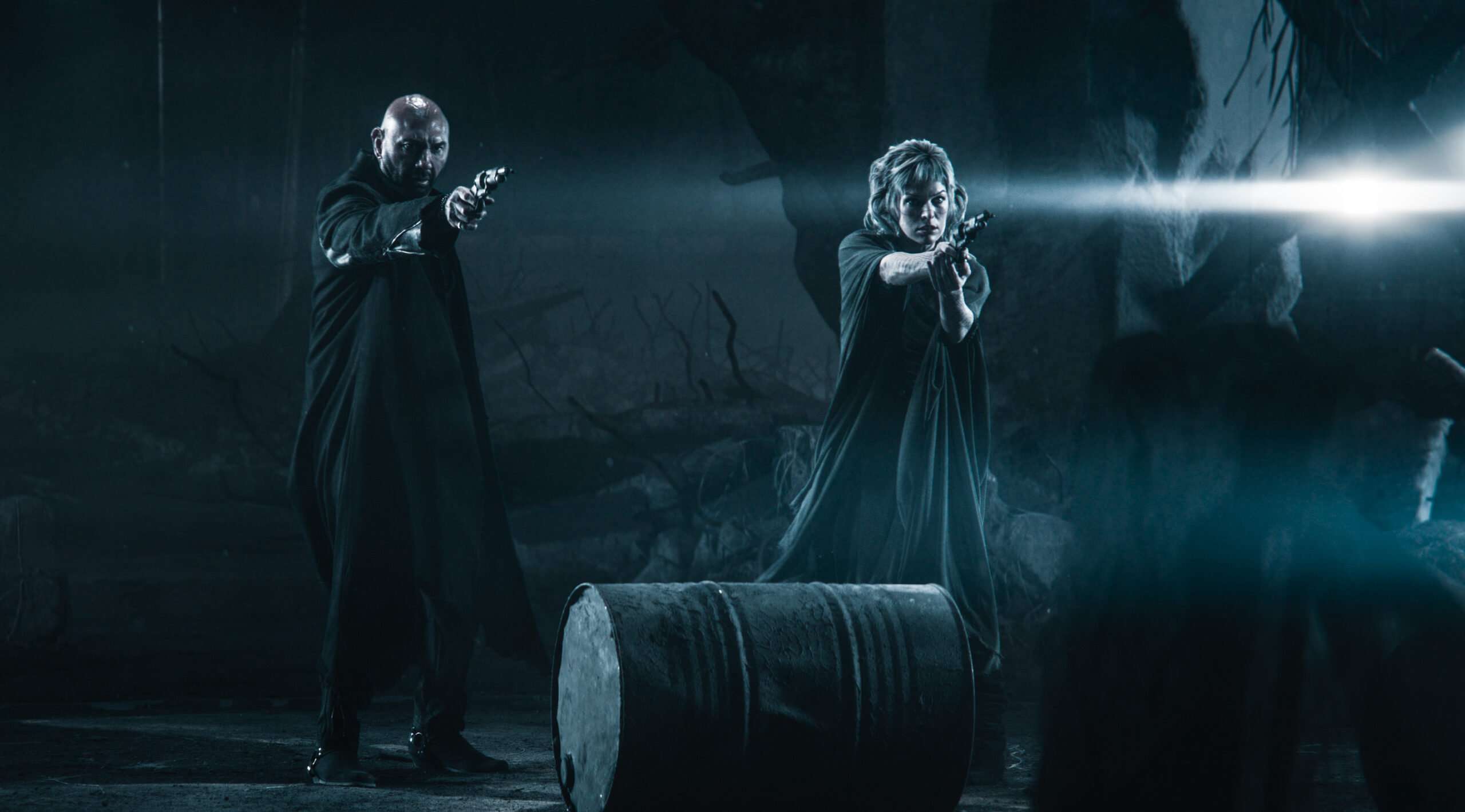


















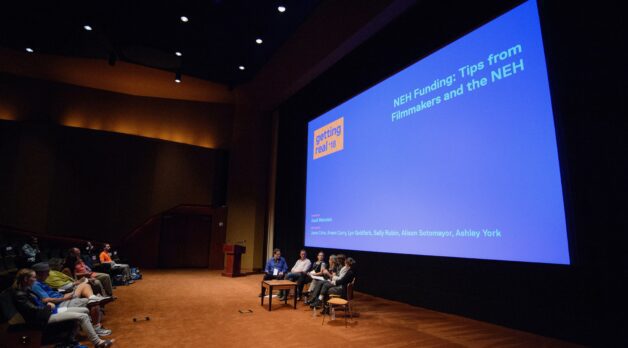

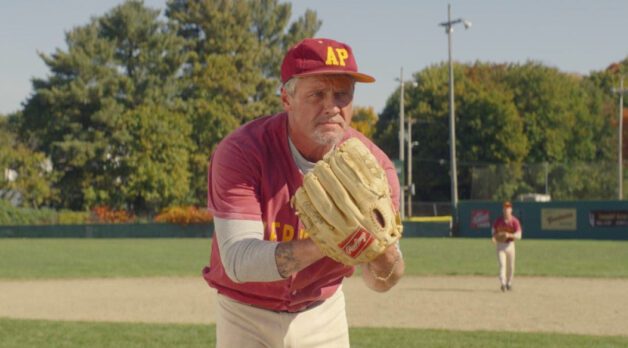








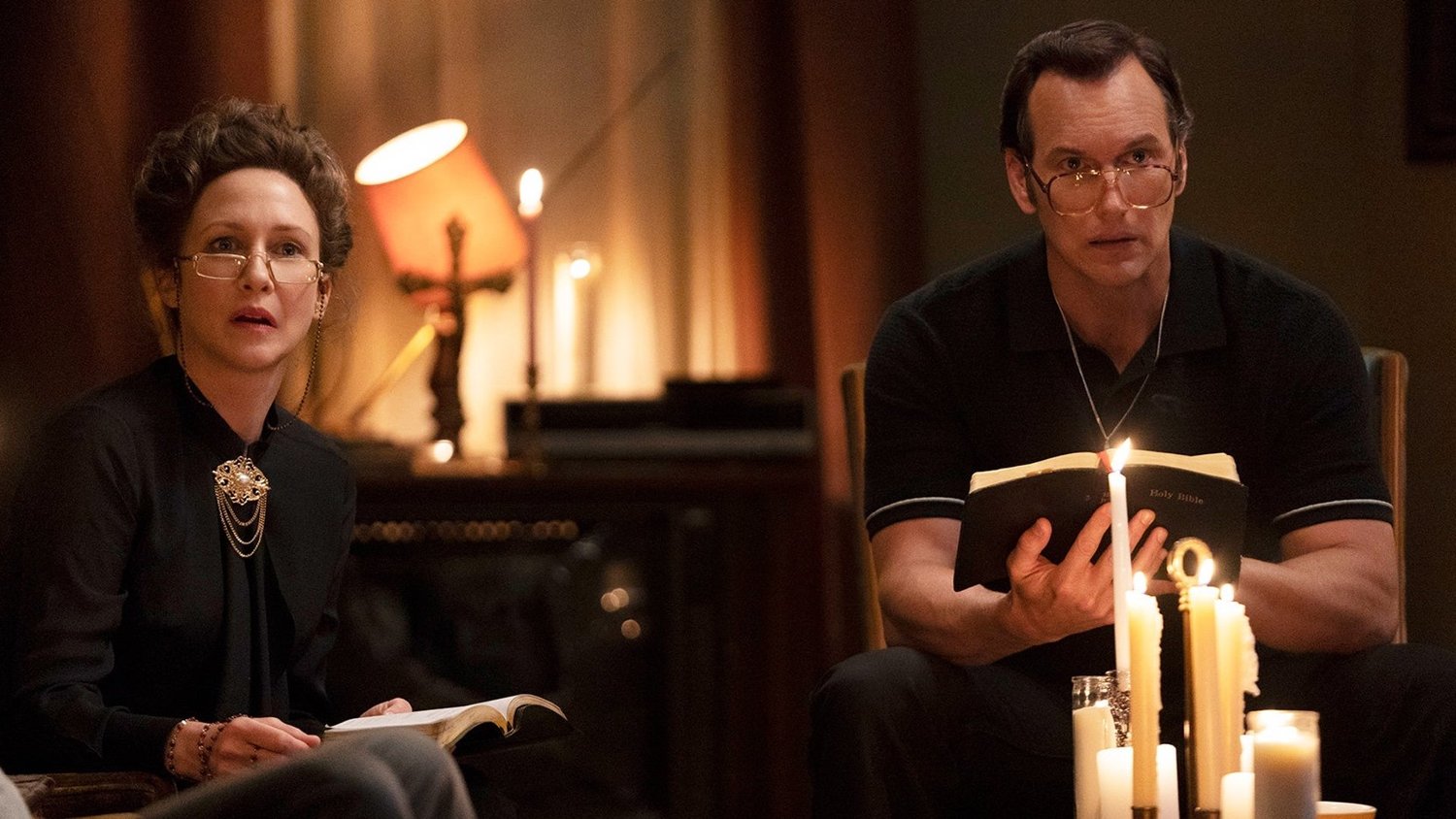




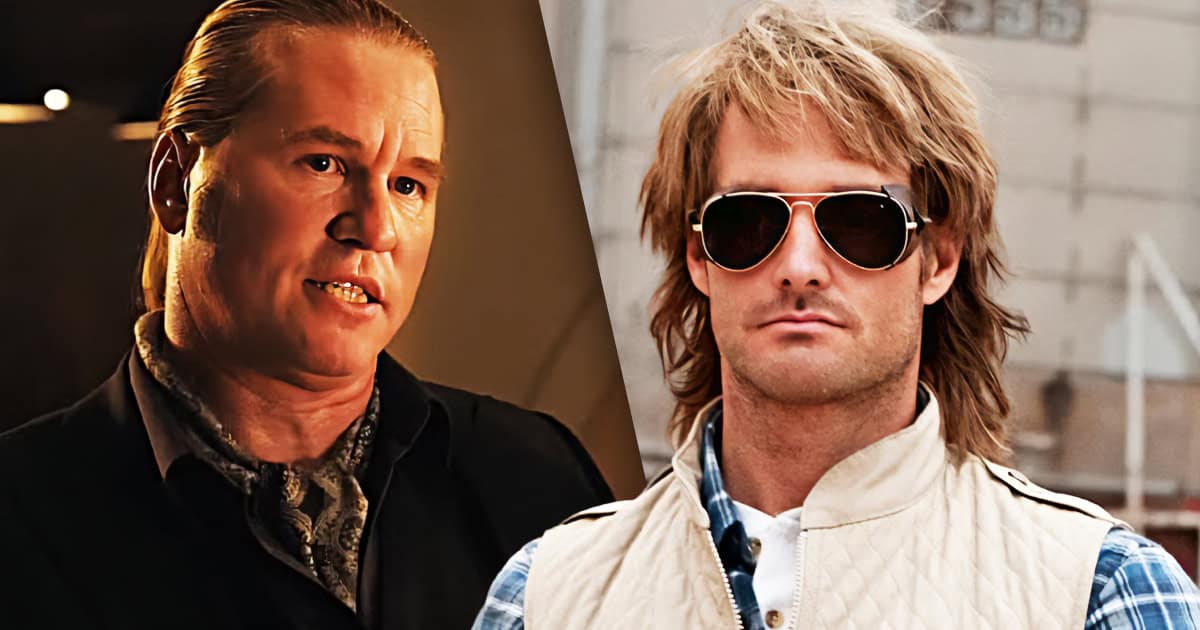

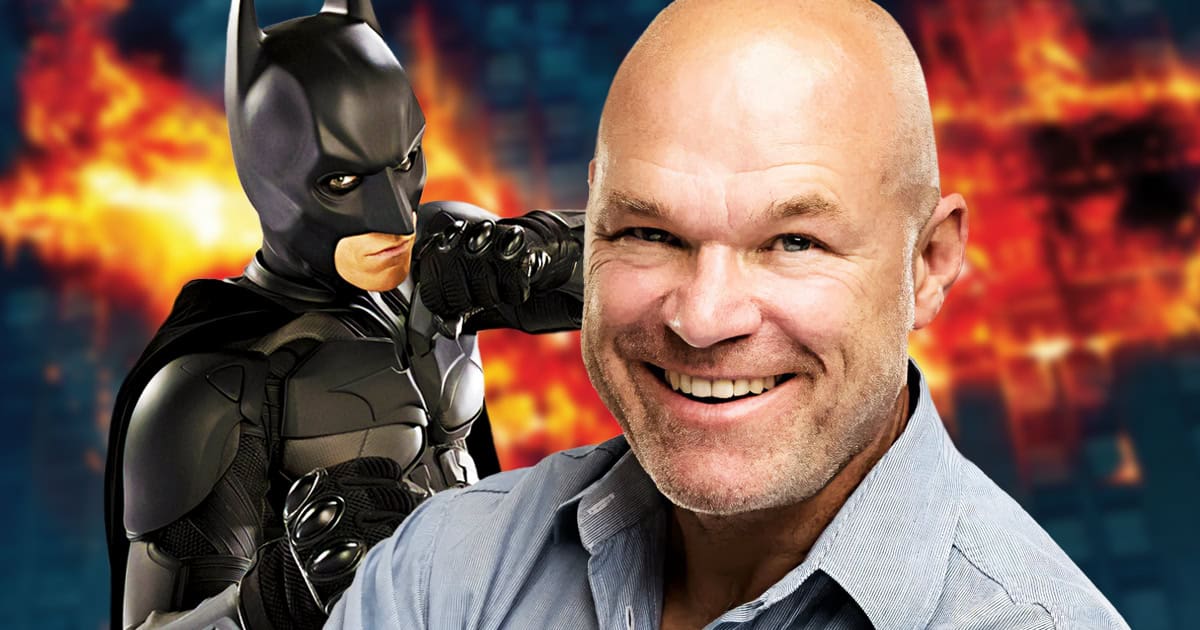



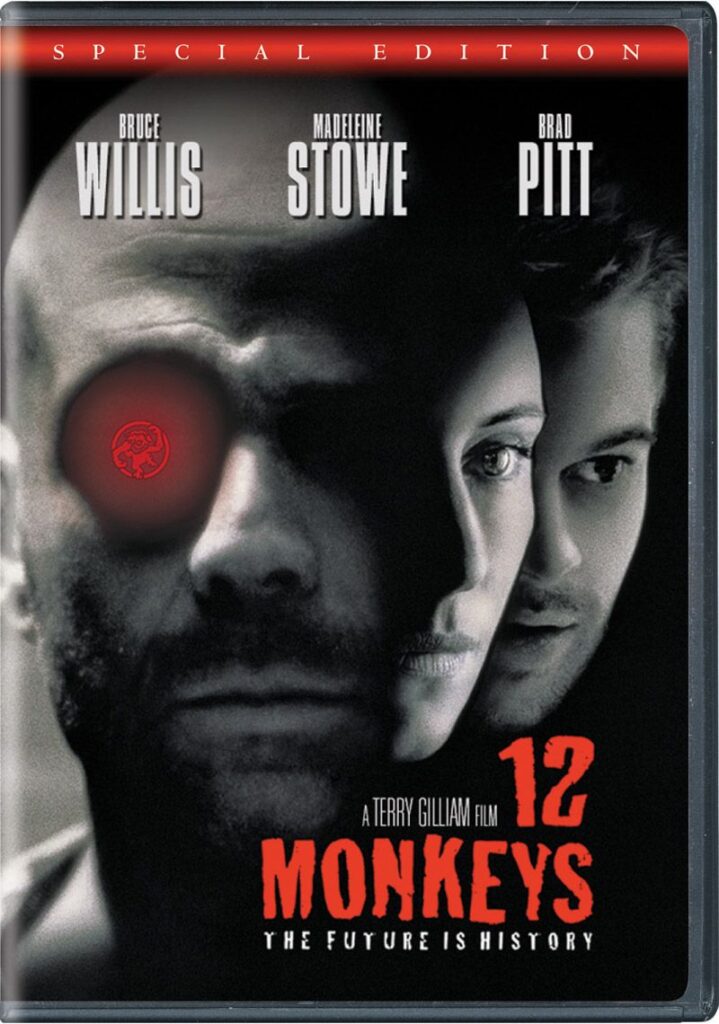


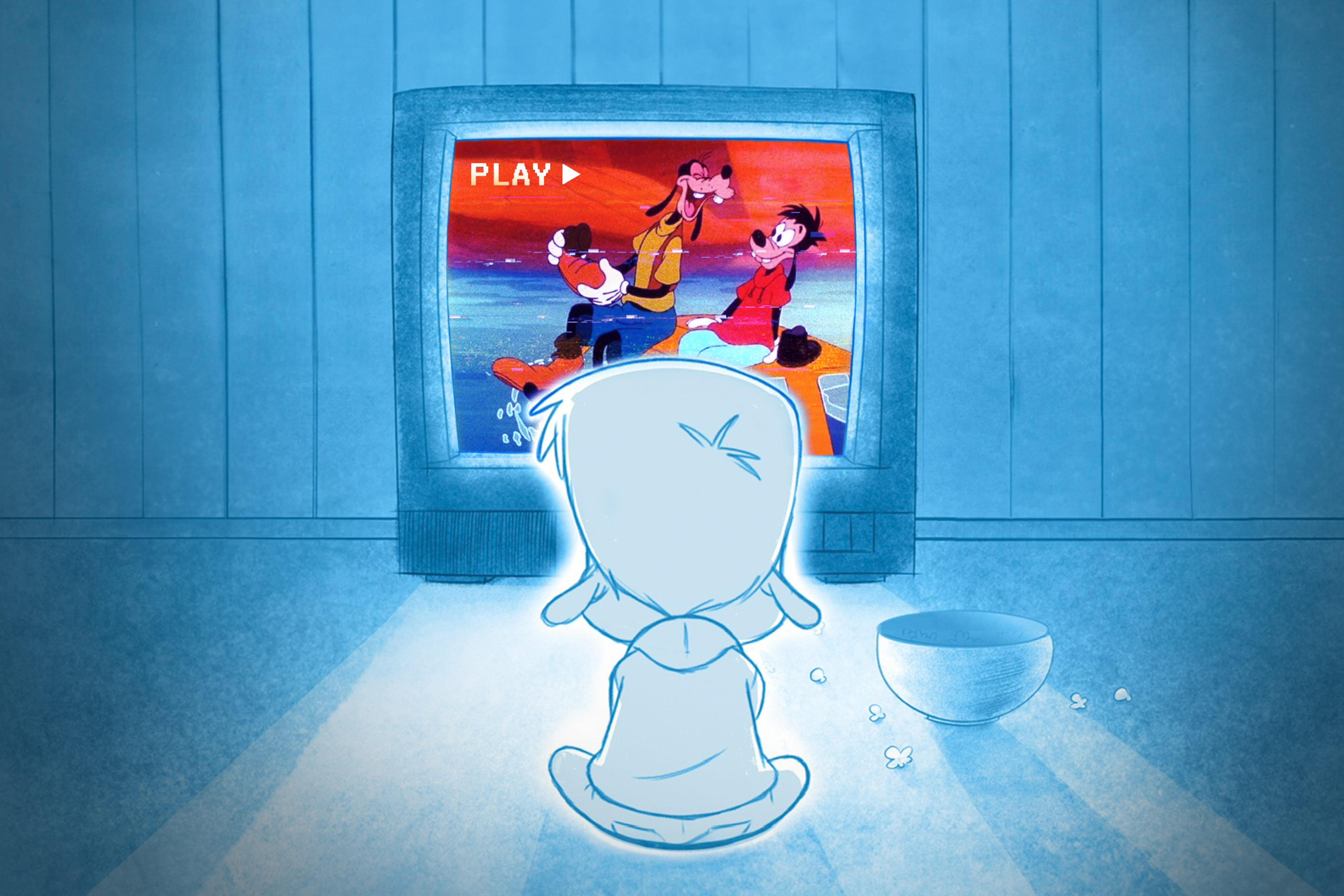






















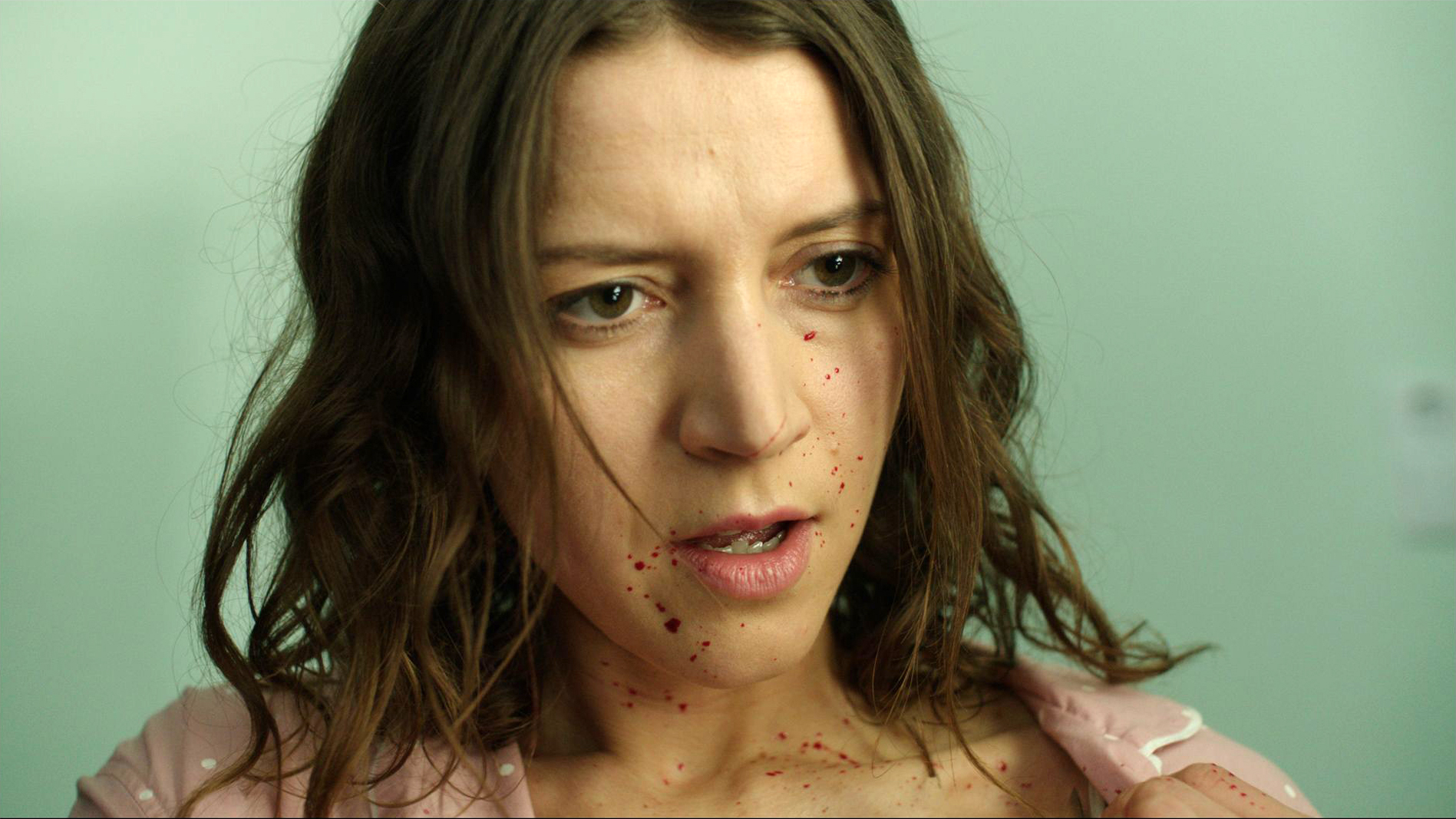

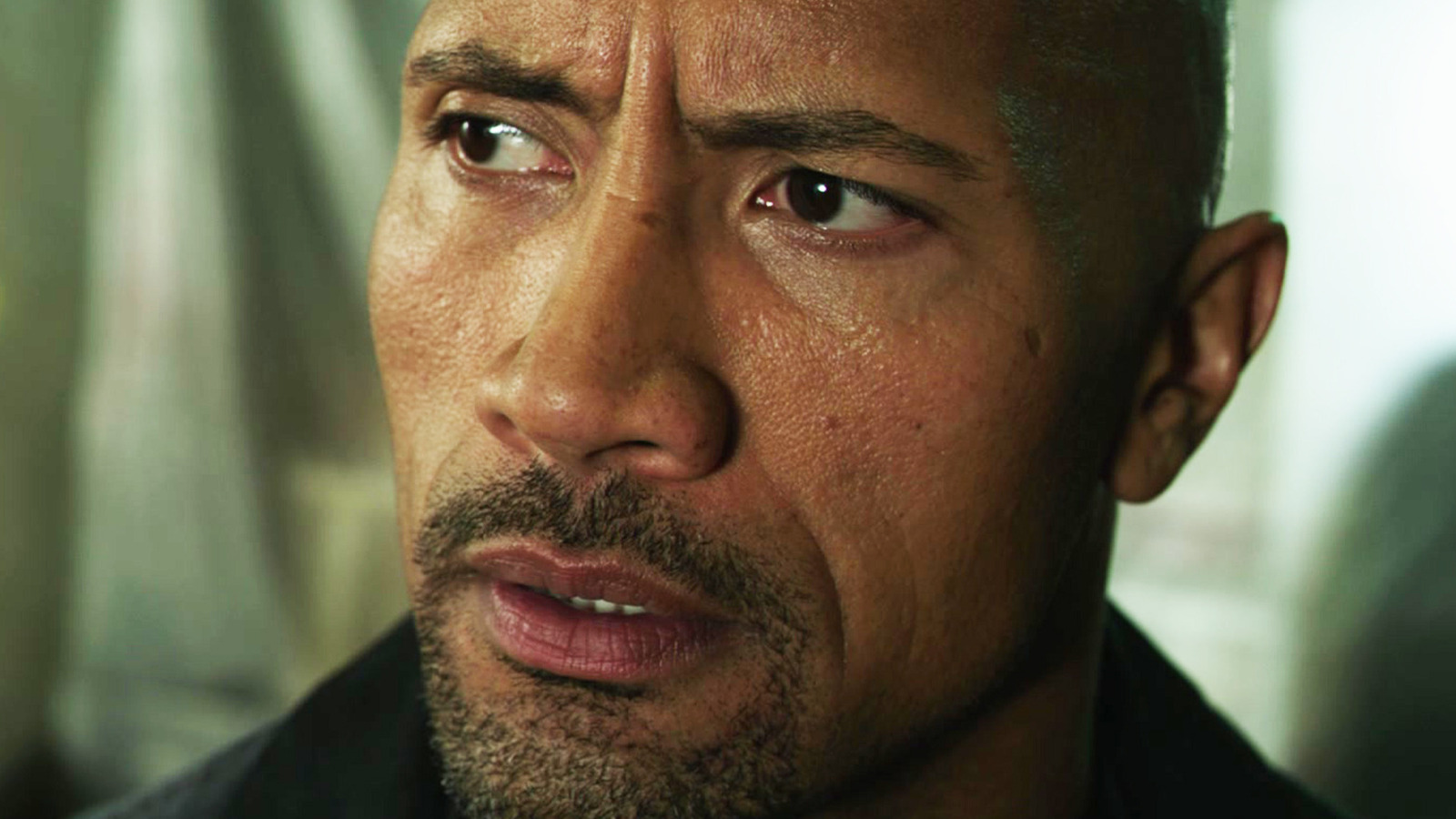
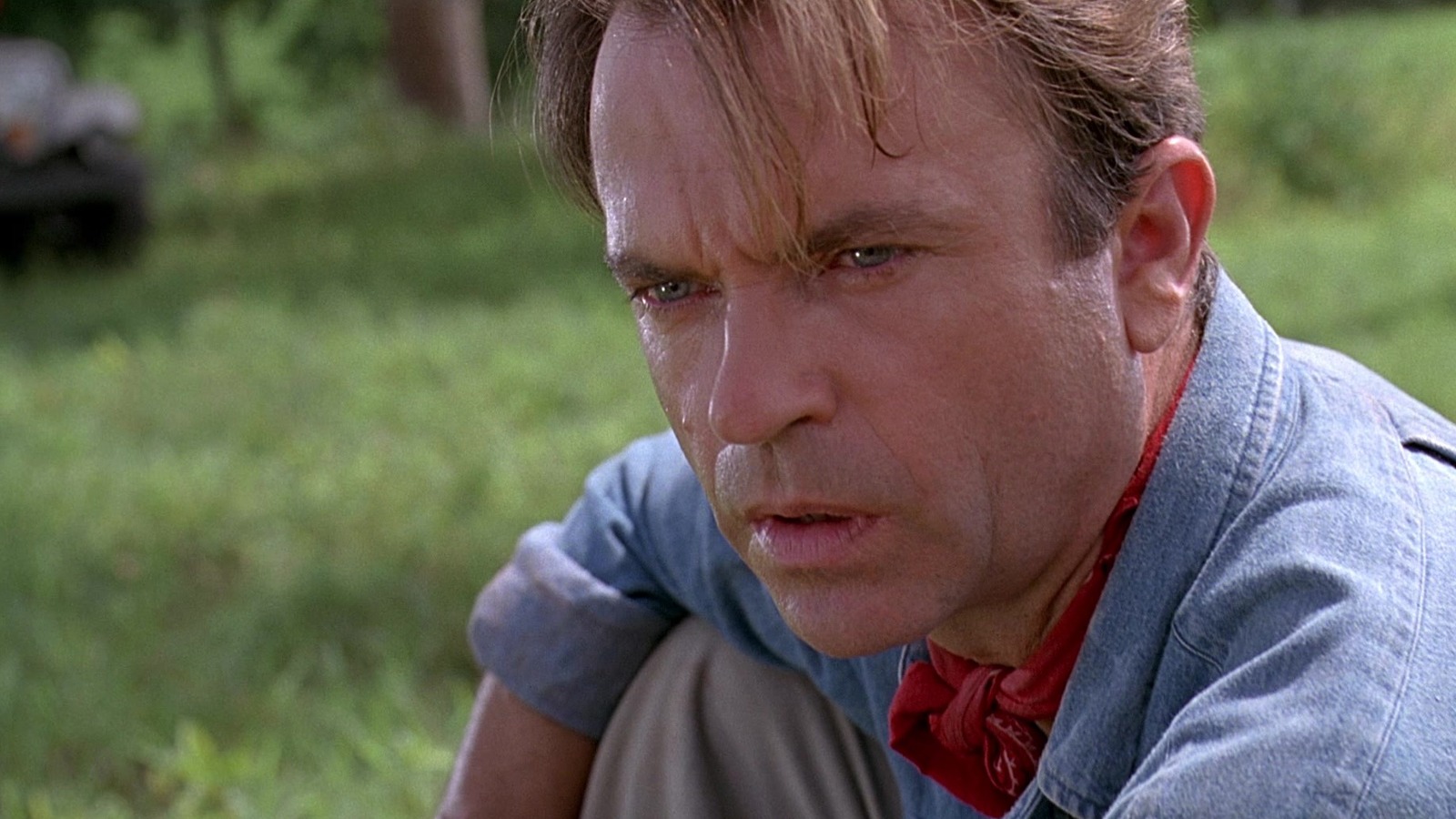
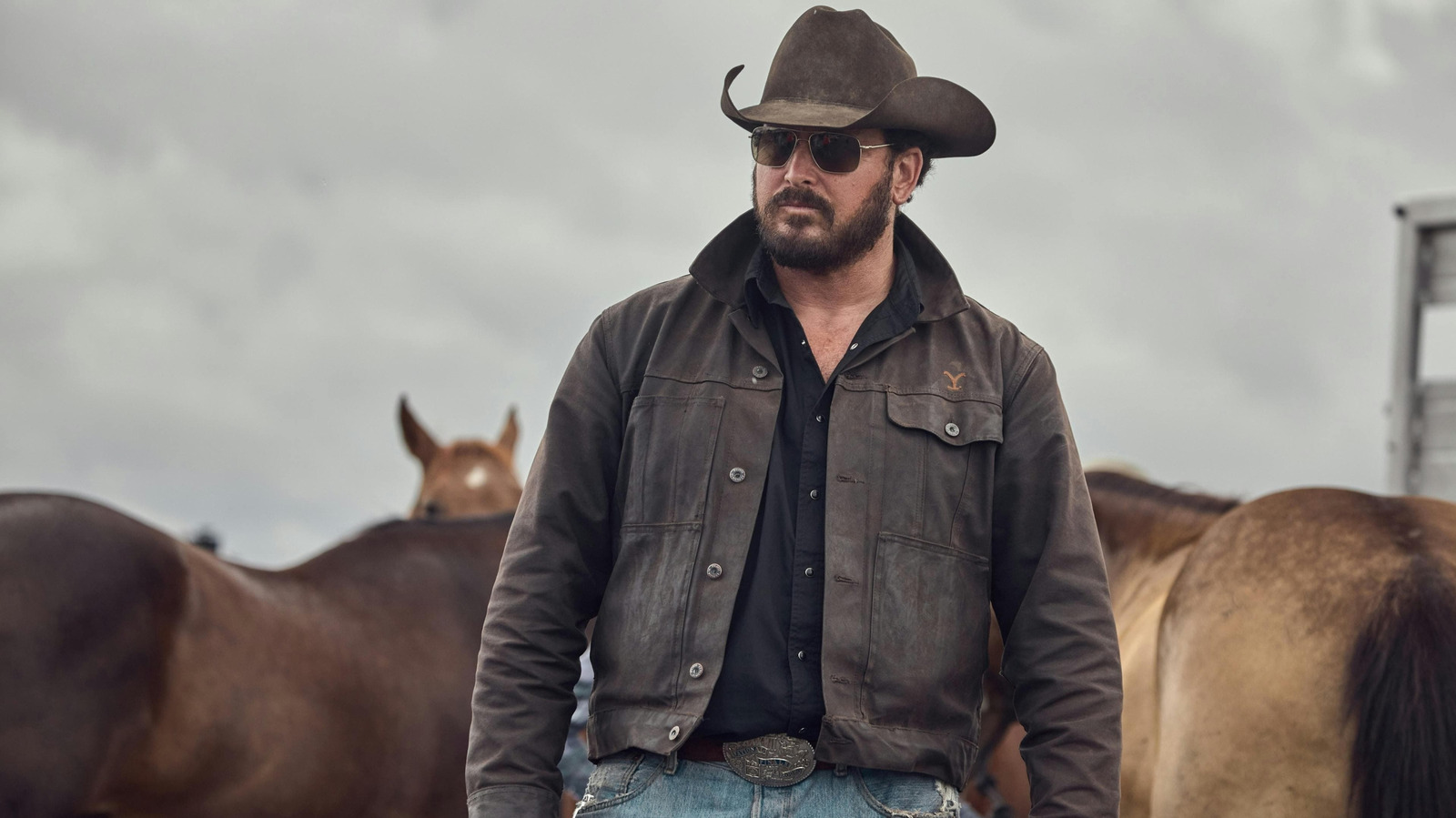
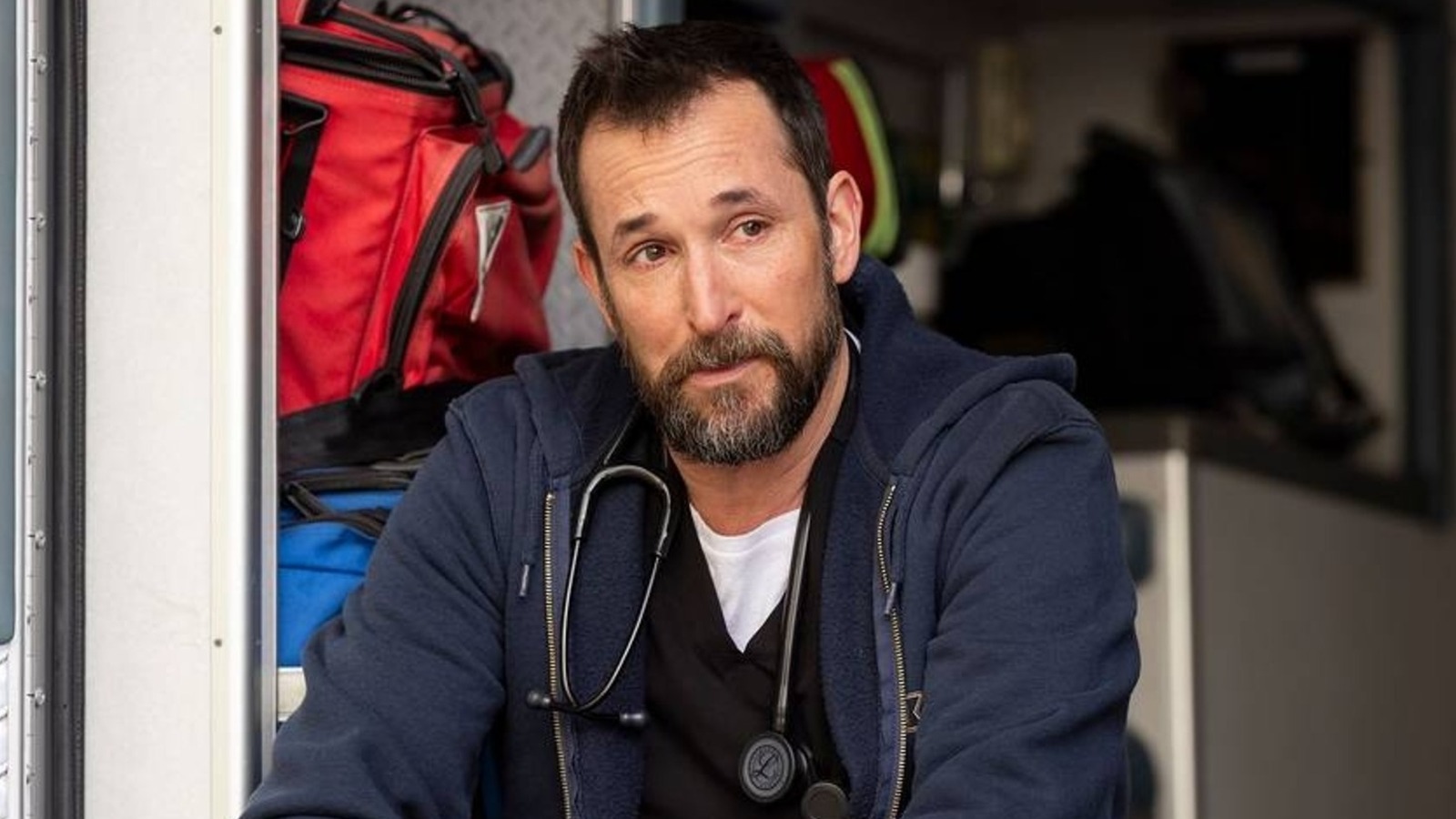




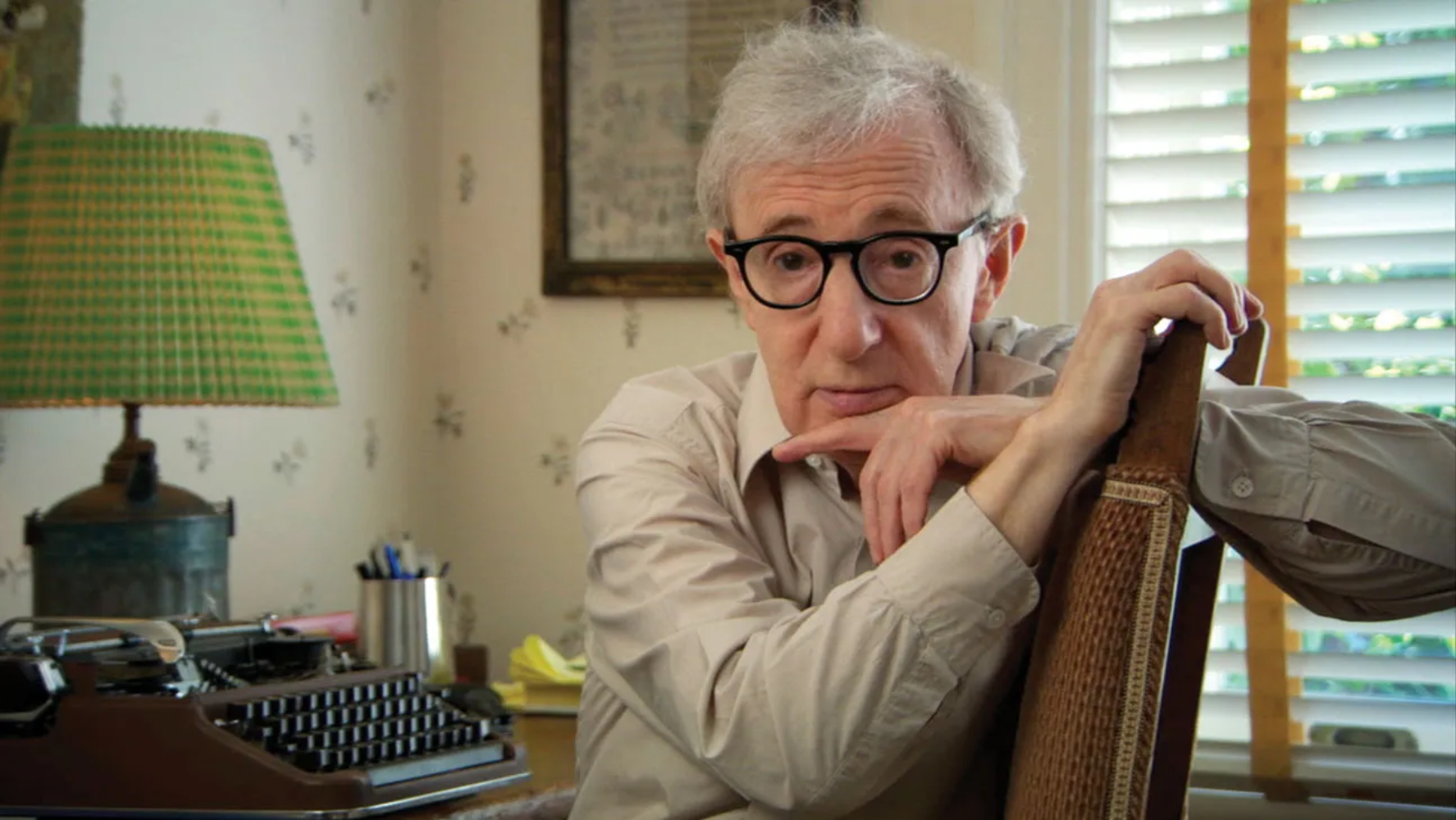

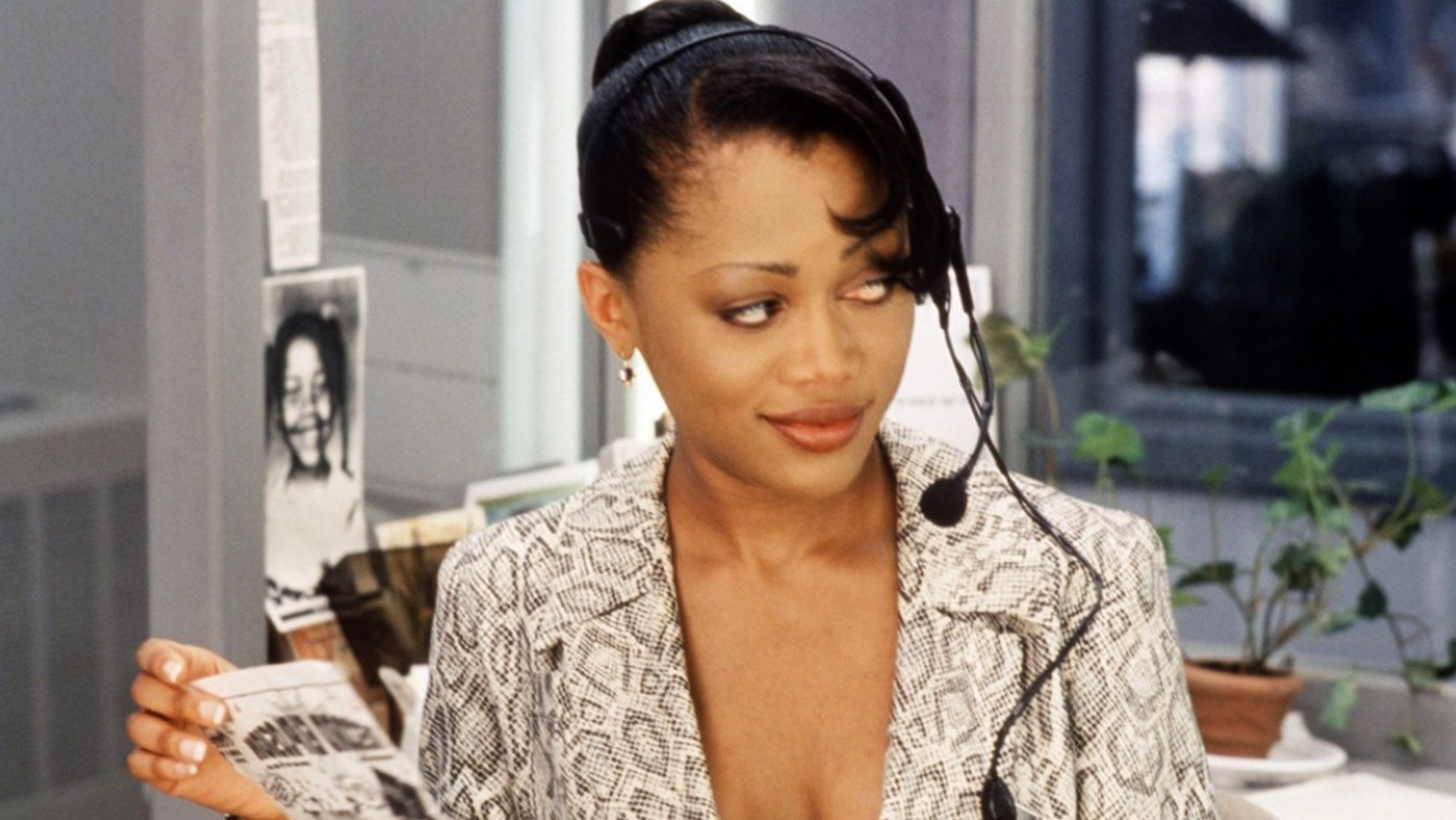
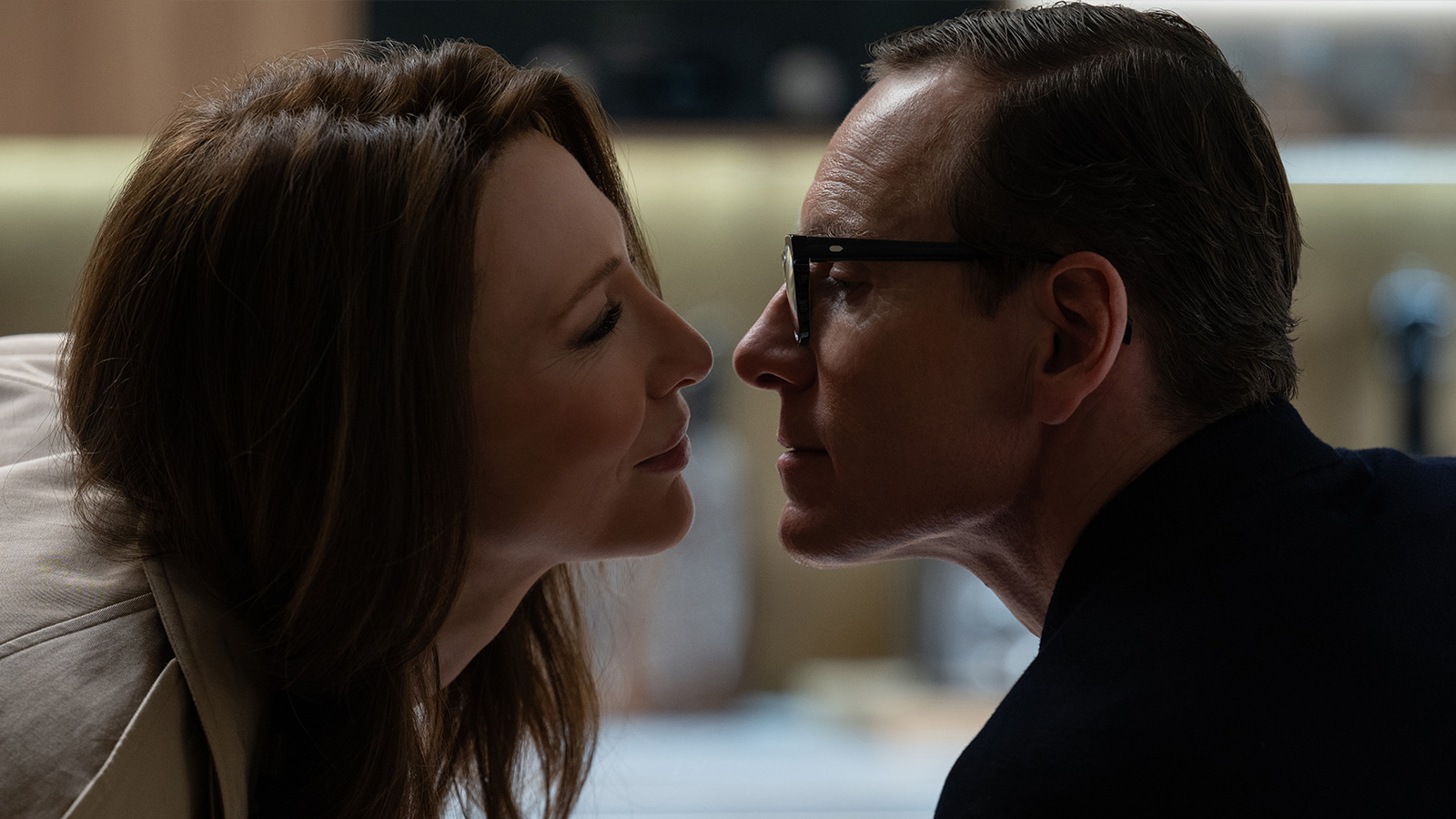
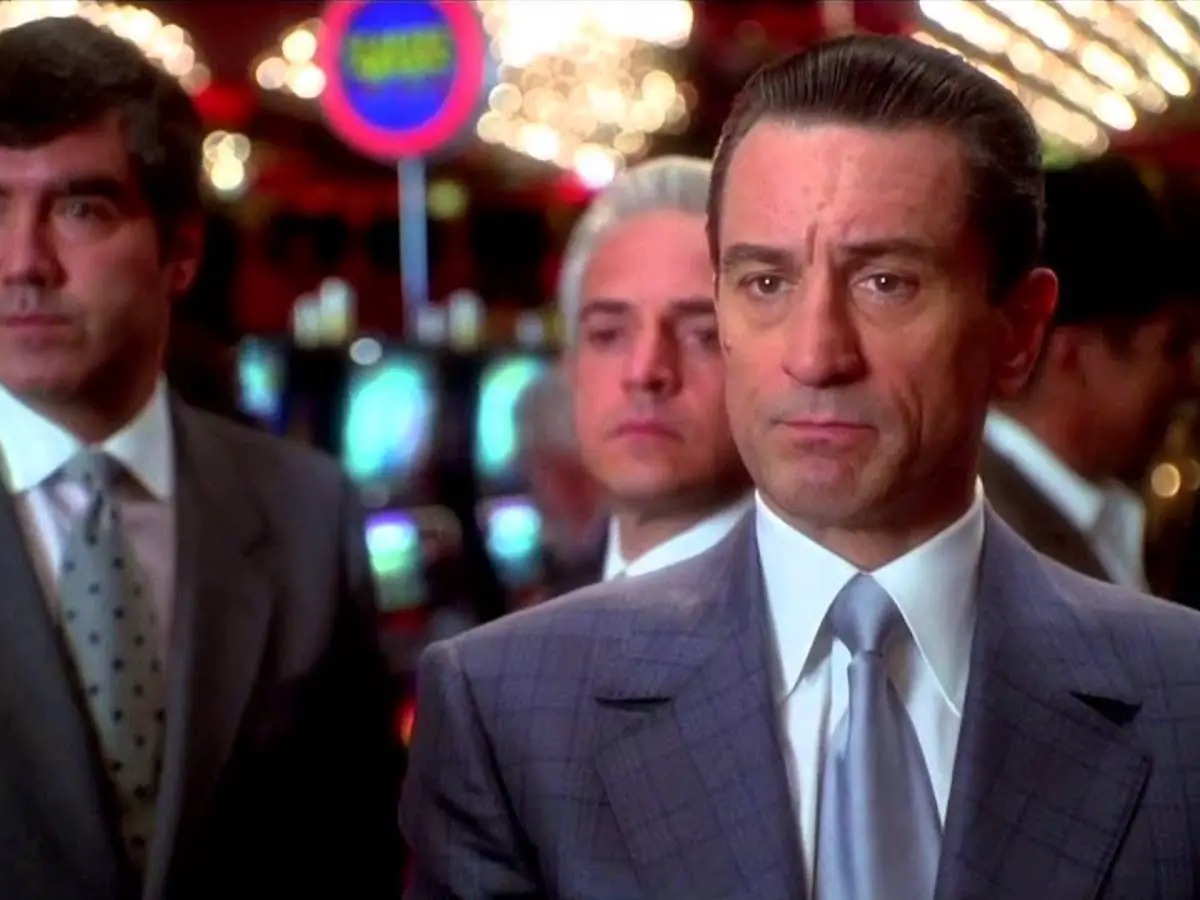



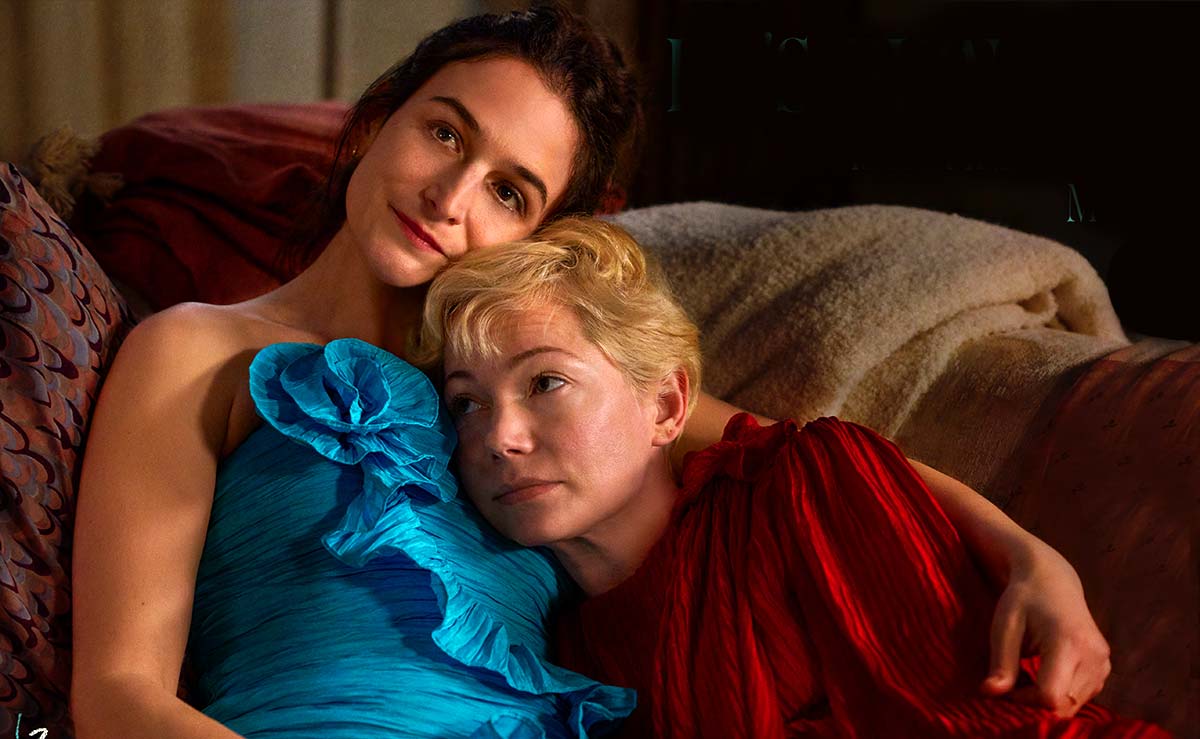






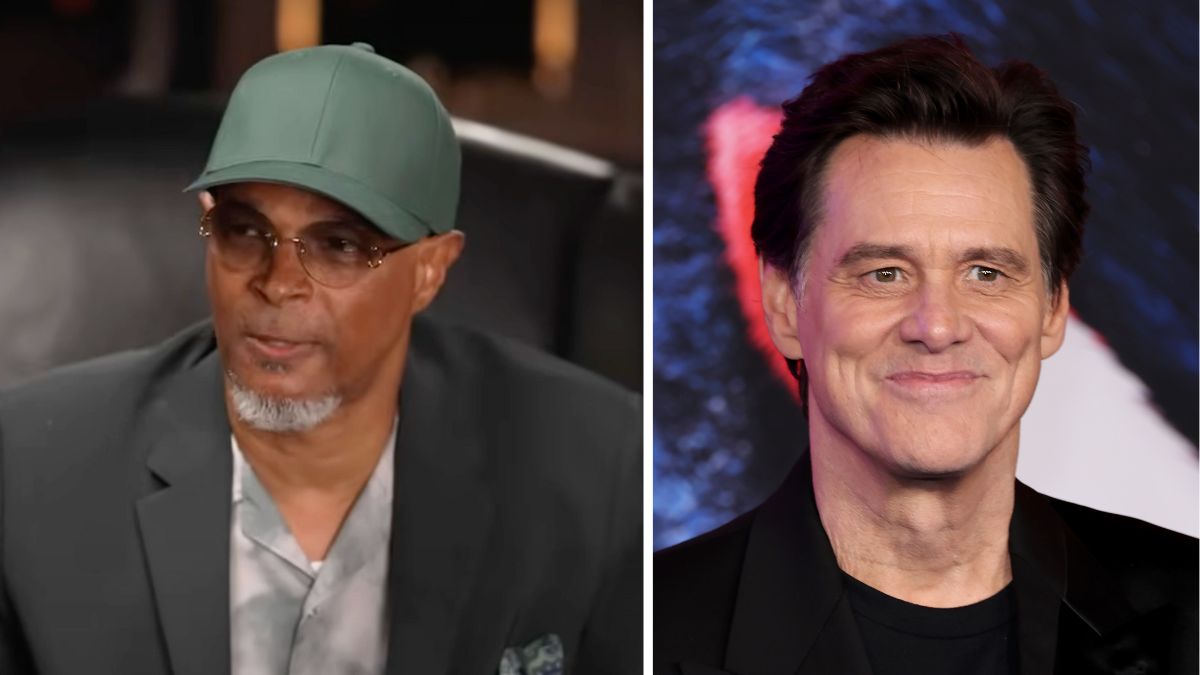


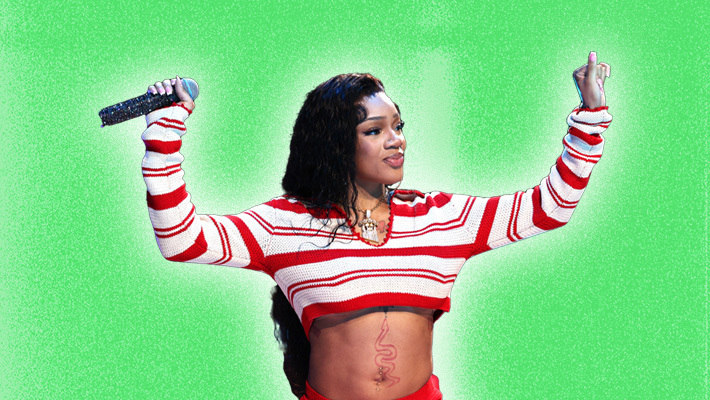











































































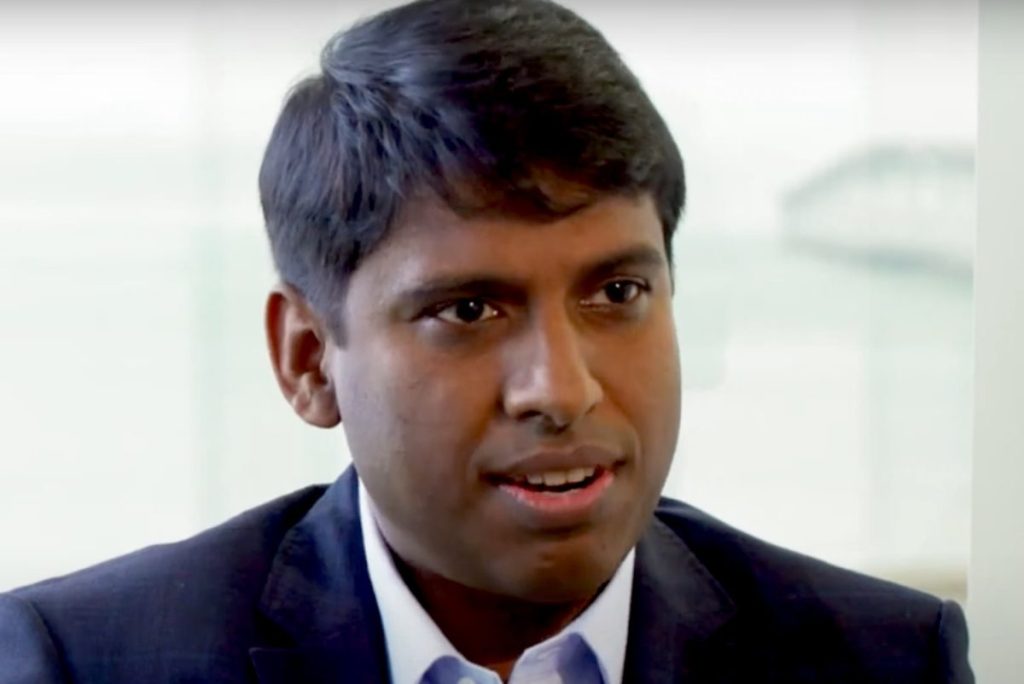

























![American Airlines Passenger Spotted Texting Women Saved as ‘Lovely Butt’ And Another, ‘Nice Rack’ [Roundup]](https://viewfromthewing.com/wp-content/uploads/2025/04/american-airlines-passenger-texting.jpg?#)























-Nintendo-Switch-2-–-Overview-trailer-00-00-10.png?width=1920&height=1920&fit=bounds&quality=80&format=jpg&auto=webp#)





.jpg?#)


.png?#)




































































































